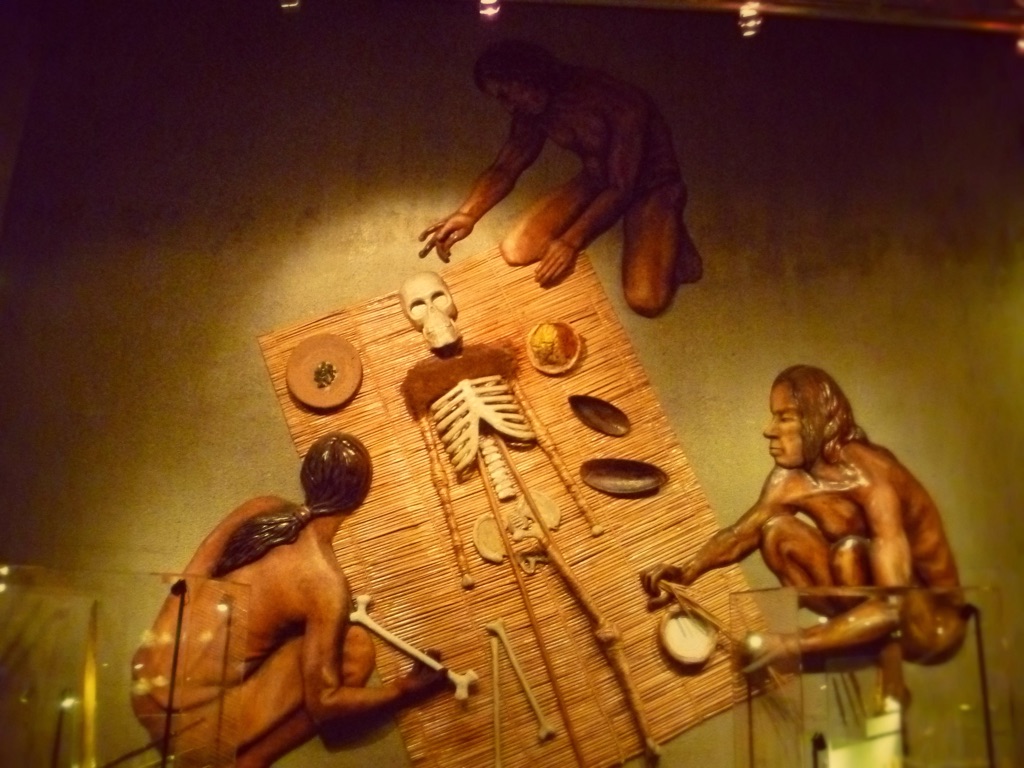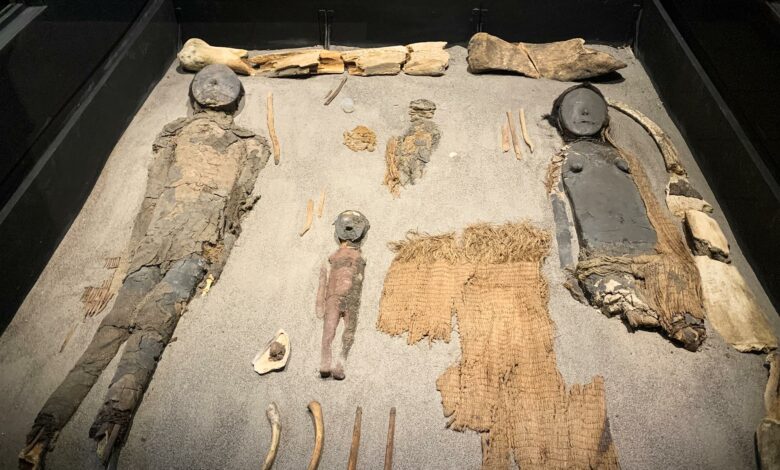An extraordinary archaeological find was made by a group of students during a field trip to Morro de Arica, a towering cliff at the northern end of a coastal mountain range in Chile. These students, from an American school located in Arica, were digging at the base of El Morro as part of an archaeology workshop when they discovered a mummy that is approximately 7,000 years old. This ancient artifact likely came to light due to landslides caused by a powerful earthquake that hit the area in April.
The mummy is thought to be from the Chinchorro culture, an ancient coastal civilization that flourished in what is now northern Chile and southern Peru. This remarkable find significantly enhances our comprehension of early human civilizations along the Pacific coast of South America.
The Chinchorro Culture: Innovators of Mummification
The Chinchorro culture is well-known for its mummification practices, which began more than two millennia before the Egyptians started preserving their deceased. The mummies from the Chinchorro culture are the oldest known instances of artificially preserved human remains. Radiocarbon dating of a Chinchorro mummy found in the Camarones Valley, around 60 miles south of Arica, indicates it dates back to 5050 B.C.

Over the subsequent 3,500 years, the mummification techniques of the Chinchorro evolved into three distinct styles: the Black Mummy Technique, the Red Mummy Technique, and the Mud Coat Technique. Each method reflects the cultural and technological progress of the Chinchorro people throughout history.
Methods of Chinchorro Mummification
Chinchorro mummification was a complex and detailed process. Embalmers would remove internal organs and substitute them with plant fibers or animal hair. In certain cases, they would strip away the skin and flesh, replacing them with clay to preserve the body’s form. This careful approach ensured that the deceased were preserved for thousands of years.

Research from shell middens and bone chemistry suggests that seafood made up about 90% of the Chinchorro diet. While numerous ancient fishing cultures existed in the arid river valleys of the Andes, the Chinchorro set themselves apart through their remarkable commitment to mummifying their deceased.
Egalitarian Preservation in Chinchorro Society
In contrast to ancient Egyptian practices and those of other cultures that primarily mummified elites, the Chinchorro tradition was notably egalitarian. They mummified all individuals within their society, including the elderly, children, infants, and even miscarried fetuses. This inclusive approach underscores their cultural value placed on preserving every individual, irrespective of social standing or societal contributions.
In many instances, children and infants received the most elaborate mummification care. This focus on all societal members, particularly those most vulnerable, highlights the unique and inclusive essence of Chinchorro culture.
The discovery of the 7,000-year-old mummy in Chile not only offers an intriguing look into ancient Chinchorro civilization but also deepens our understanding of early human mummification practices and societal values. As researchers delve deeper into these ancient remains, we continue to uncover insights into the lives and beliefs of the Chinchorro people, whose legacy remains a source of fascination and knowledge for the field of archaeology.

